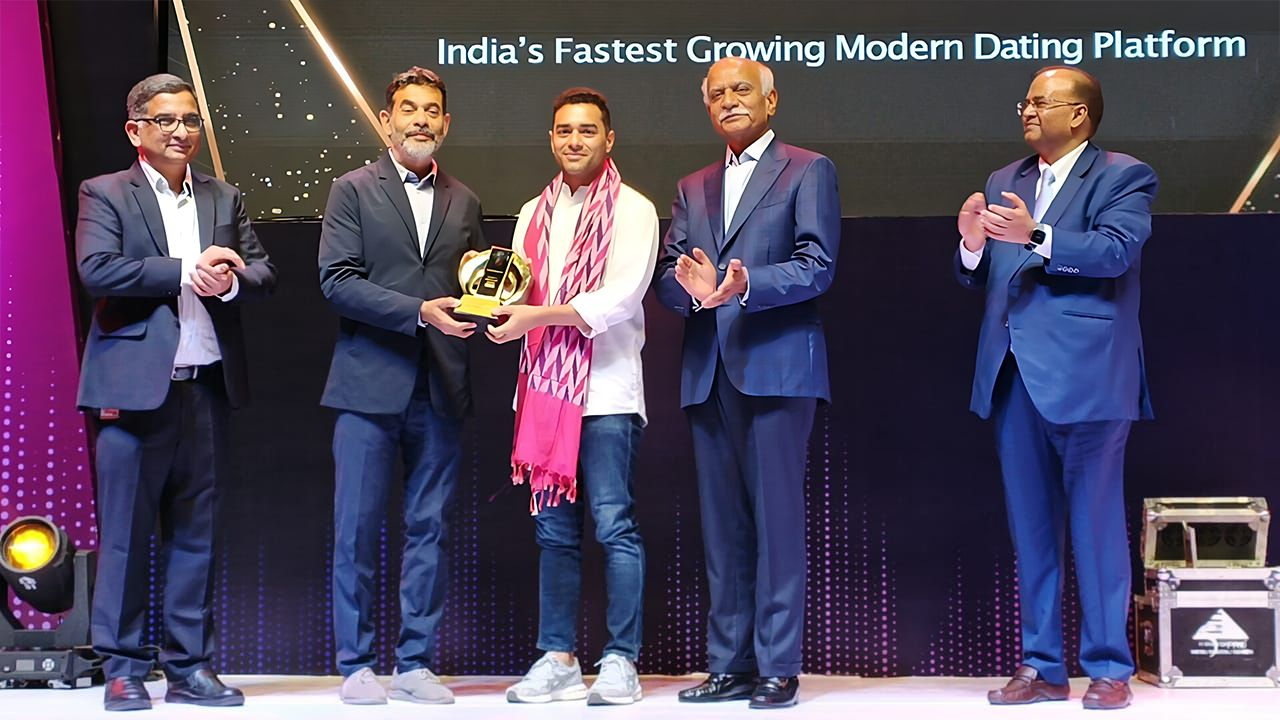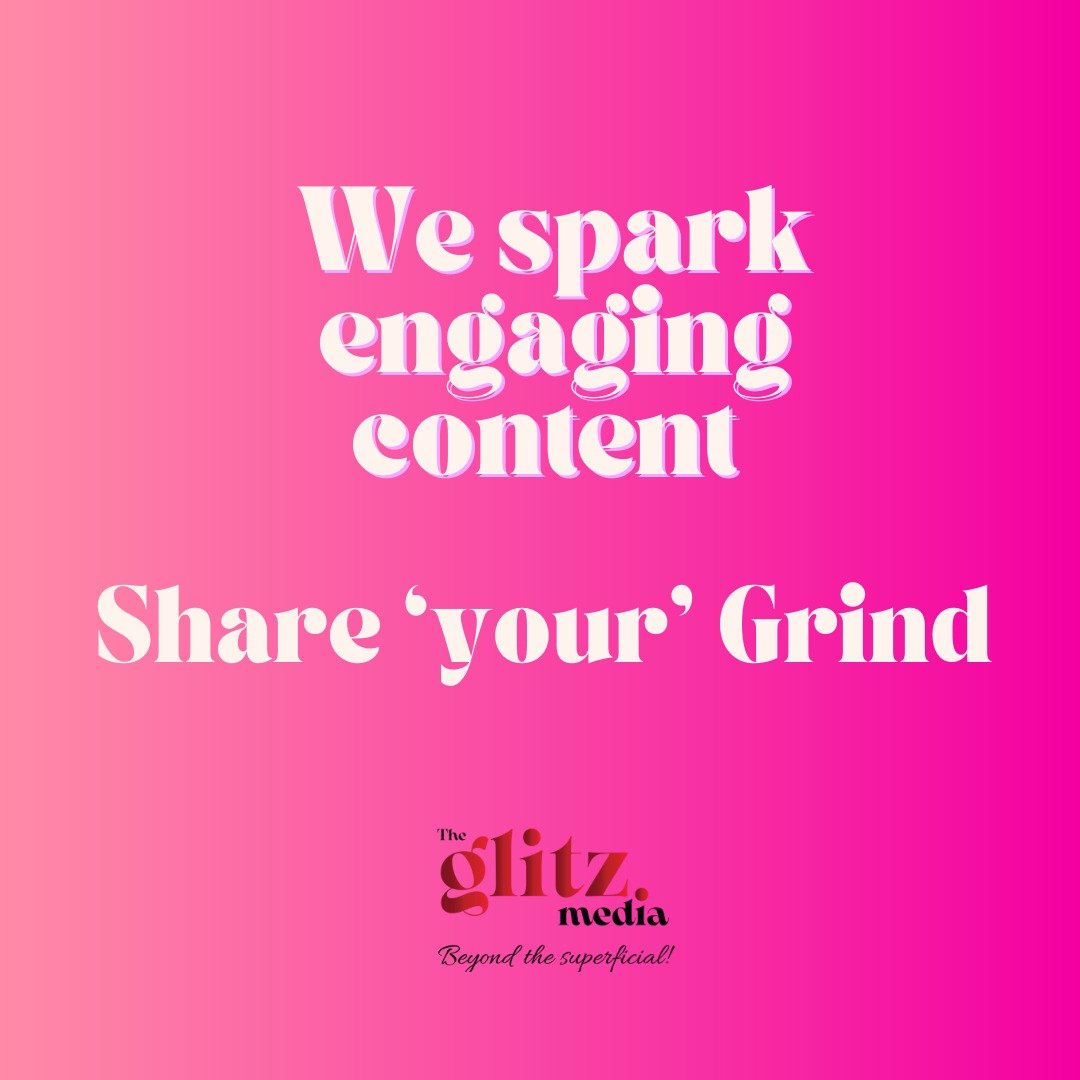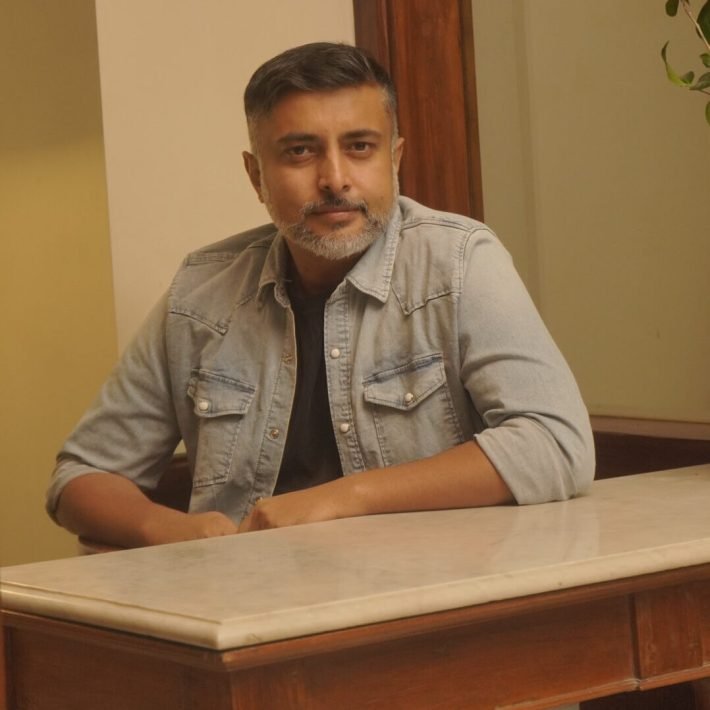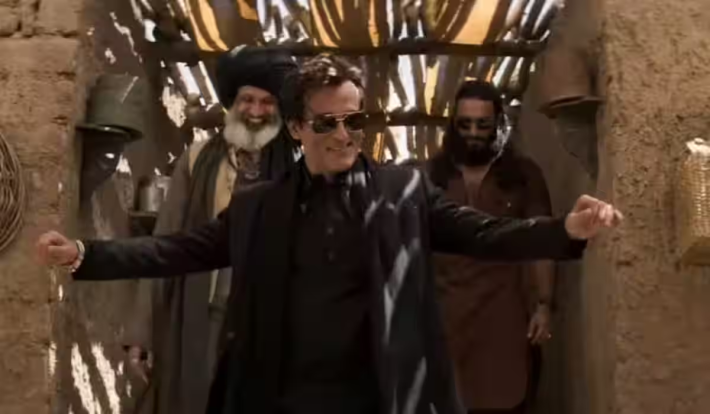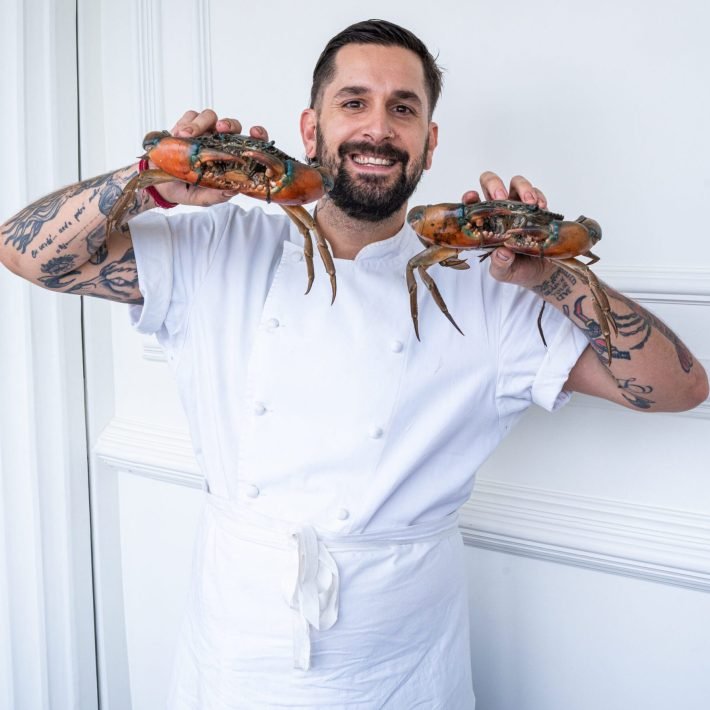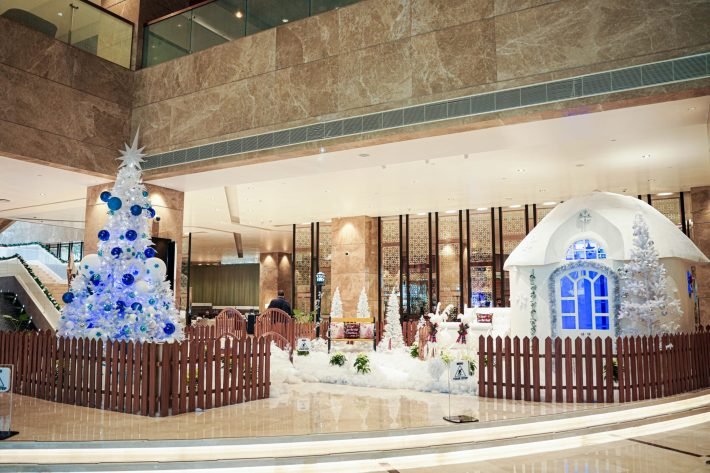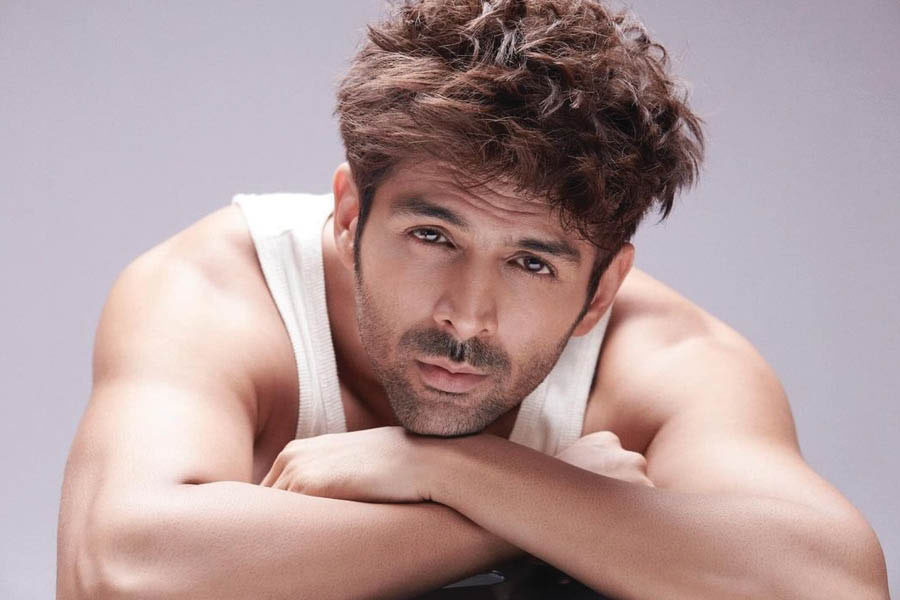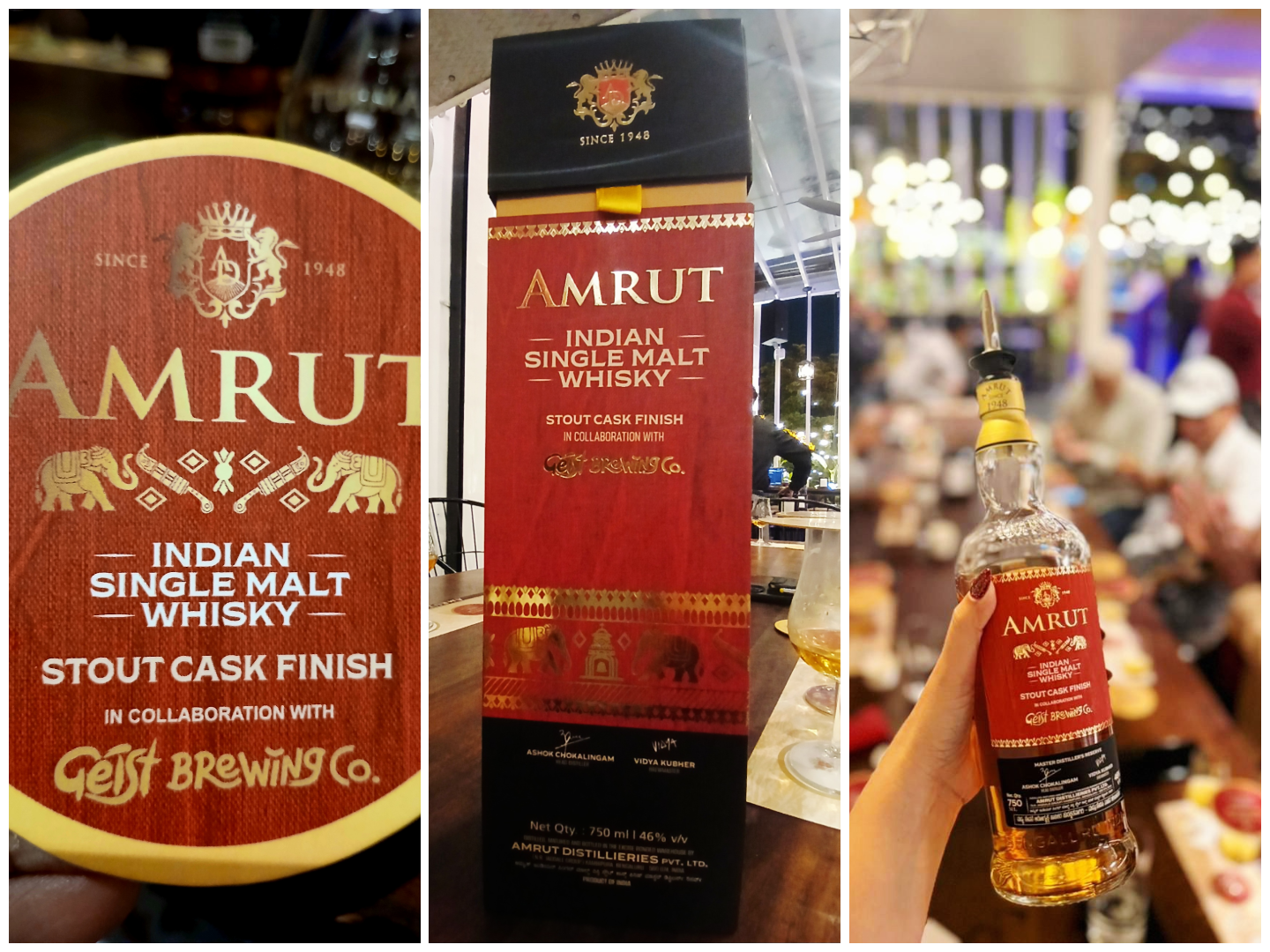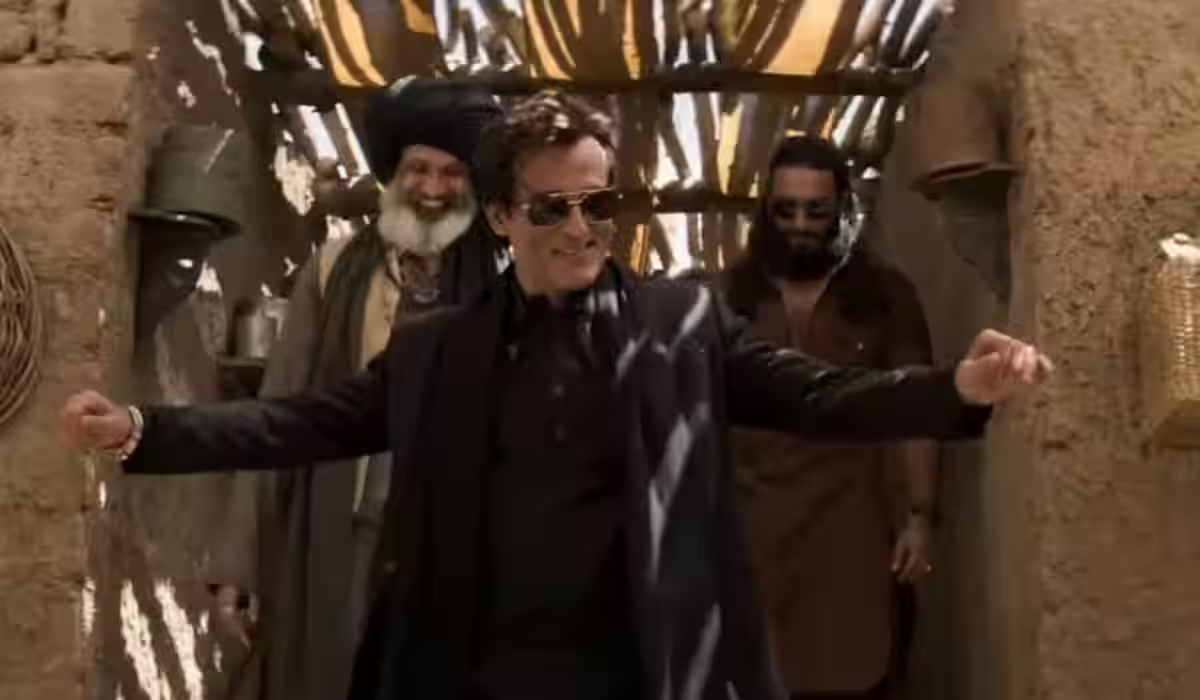QuackQuack
Meet Ravi Mittal, the founder of QuackQuack, India’s most downloaded dating app, which has turned the dreamy world of digital romance upside down since its launch in 2010. With over 38 million downloads and 18,000 new users joining daily, Ravi’s journey from a rented 2BHK in Hyderabad to leading the country’s most popular dating platform is nothing short of inspiring.
When Ravi coined the name “QuackQuack,” he wanted something that would echo the app’s playful, youthful spirit. The idea? Much like a duck’s quack, QuackQuack invites a return quack, sparking connection and interaction, the core idea behind his dating platform. And it’s been a quack of success ever since.
QuackQuack’s rise can be attributed to Ravi’s deep understanding of India’s unique cultural landscape and dating dynamics. Ravi saw a gap in the market, with India still navigating its way through traditional arranged marriages and an emerging digital-first dating culture. He designed the app to be conversation-centric, allowing users to connect first through chat, a subtle yet effective way of breaking the ice in a country where public display of affection is often still met with resistance.
In this exclusive interview with Sumita Chakraborty, Editor-in-Chief, TheGlitz, Ravi Mittal, Founder, QuackQuack dives deep into the brand’s incredible journey, discussing everything from the app’s design and regional strategies to his innovative “chat-first” approach that’s resonating with users, especially in non-metro areas.
Over To Ravi Mittal, Founder & CEO, QuackQuack
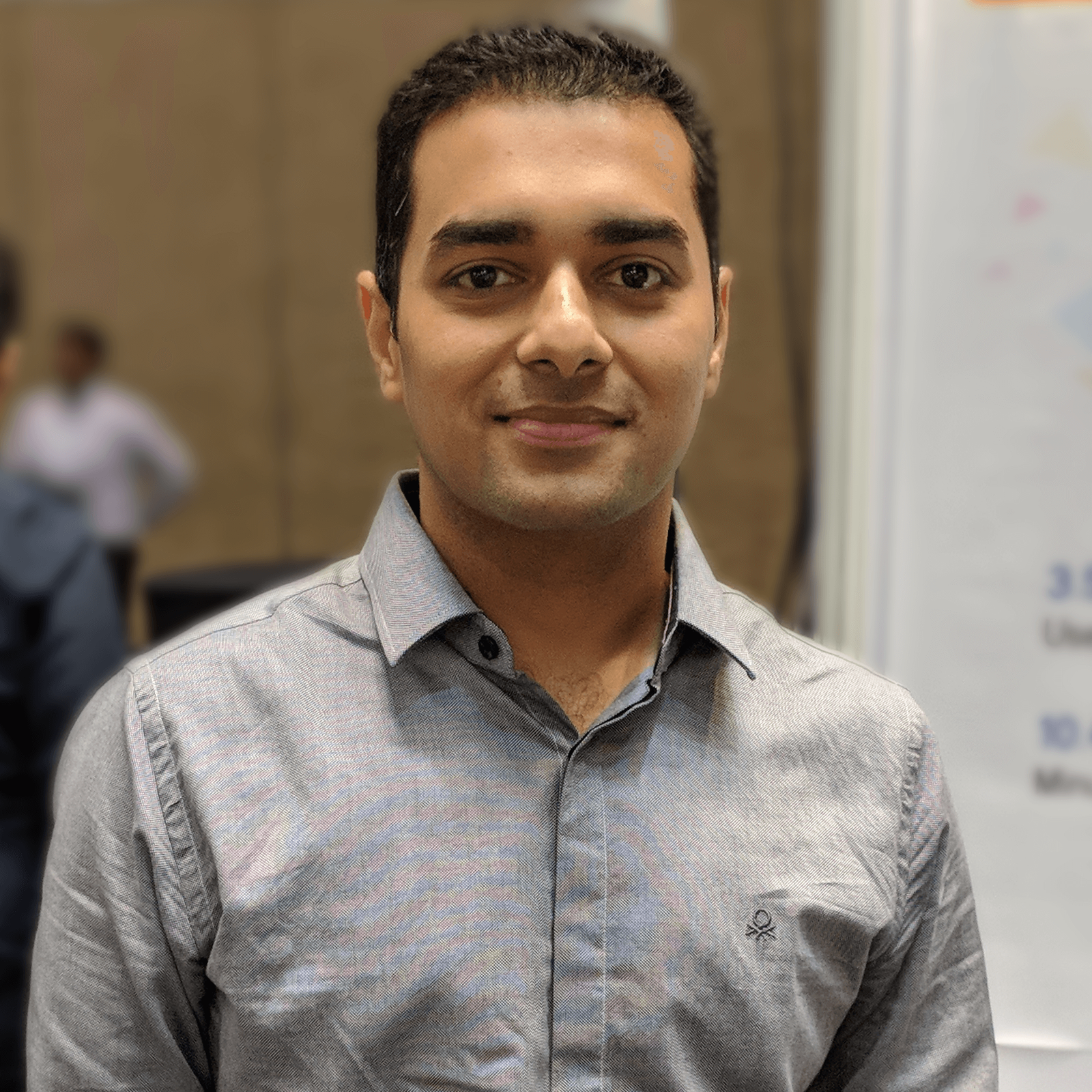
QuackQuack has such a distinctive name… What’s the story behind the name, and what did you want it to represent when you first launched the app?
A distinctive brand identity is what we wanted, something which would resonate with a young audience. While “Tweet” was for Twitter, we wanted something quirky, and hence QuackQuack. When a duck quacks, it gets a quack in reply and hence the name!
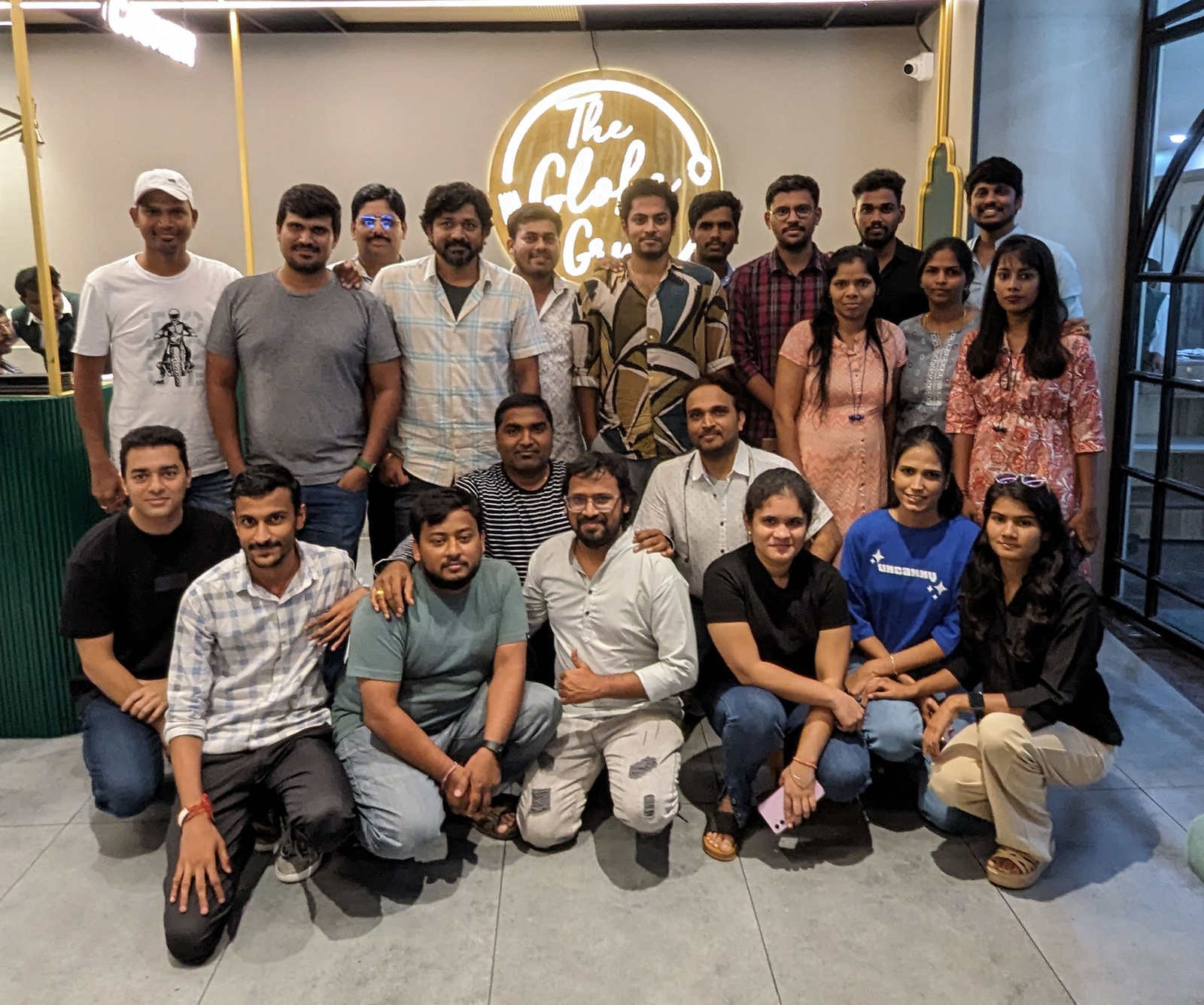
You started QuackQuack from a rented 2BHK in Hyderabad at the age of 23, what inspired you to enter the dating tech space at such a young age, and what were those early days like?
I started working at the age of 16, after dropping out. I worked in the family business for about 7 years, which was related to manufacturing. This meant having fewer friends, in general, and especially compared to someone attending college; moreover, many of my school friends moved to other countries for education. Because of my limited social circle, I started exploring dating websites; there were no apps at that time. It turned out that there weren’t any dedicated dating websites or apps for India. I also spoke to a few cousins and surveyed people, and understood that the lack of a dating platform specifically for Indians was a problem I could solve by building one.
I was already fascinated with the internet and consumer-related businesses. This prompted me to take a plunge from manufacturing, a business-to-business setup, to something more consumer-oriented, which I was passionate about. I was also inspired by the movie 3 Idiots, which gave me the strength to speak to my family so I could follow my passion. My family’s support gave me the boost to make the decision to rent out a small 2BHK from my savings to start QuackQuack and launch the website.
India’s dating culture is layered and culturally complex. What key cultural insights helped shape QuackQuack’s “conversation-first” approach, and how do you tailor the app experience to suit Indian users?
India’s dating culture is definitely layered and complex. It also had and still has many stigmas around it, most of which evolved with time and has come a long way. Coming from a strict arranged marriage mindset, dating culture was quite new and only a small audience appreciated it, while many looked at dating apps as a casual-only platform, something that can disrupt the traditional Indian culture. It was difficult to explain to users that dating was more than just casual dates. In fact, initially, the average age of our users was 29, which indicated a focused audience who were either looking for casual connections or seeking serious relationships, sometimes even leading to marriage. There was no in-between.
Over the years, the average age dropped to 26, with focus shifting to dating apps being used for what they were originally built for: dating. This shift was largely noticed among users from metro cities like Delhi, Mumbai, Bangalore, and Kolkata. However, the pandemic hit, and a complete overhaul happened. People got more accustomed to downloading apps and using digital-first services, like OTT, music apps, and of course, dating apps.
We saw our daily signups increase to almost 20,000 per day. We saw non-metros contributing to almost 65% of new signups with an 11% increase in female users. The average age dropped from 26 to 23, and more women got comfortable with the concept of dating apps too. We further saw that while metros were inclined towards dating offline, users from tier-2 and tier-3 cities were here to make new friends, which is a subtle way of advancing relationships. Coupled with our chat-first approach, we got a lot of users interested in QuackQuack from tier-2 and tier-3 cities, making it easier for them to chat and match.
Understanding user behavior and their needs helped us shape QuackQuack into a platform from an area-specific dating app to a more holistic platform where singles can come online, make friends, mingle, and decide on the next steps, all at their own pace and privacy.
Today, we cater to a wide variety of users, starting right from those who are still figuring things out and simply exploring to users who have gone on to find their life partner and get married through the app. India is still evolving and creating its own course when it comes to dating. We are excited for the same!
With over 70% of your users coming from peri-urban and rural areas, what strategies have worked best for engaging this audience, and how do their dating behaviors differ from metro users?
Users from non-urban and rural areas have had very little interaction with the opposite gender. Also, since they come from smaller cities and towns, there is a constant concern that their friends and family might come across their profiles or uncover them using a dating app. They prefer keeping their profile private. Understanding this, we introduced the chat without matching feature; it makes having a conversation more stress-free and accessible, allowing both genders to interact freely and without any baggage. This leads to healthier chats and stronger communication.
Further, we aren’t strict with users when it comes to their profile photos. We understand users want to be on the app but don’t want to be seen, and hence, the option to upload random wallpapers also helps them maintain their privacy and gives them the assurance they want to use the app. Further, we enabled users to expand their search radius and allowed matching across the country, opening up new avenues. We have adapted to user needs and focused on that, which has worked wonders for app engagement.
The Indian market has seen major interest from global dating giants. What has allowed QuackQuack to not just survive but thrive, crossing 38 million downloads and gaining 18,000+ new users daily?
We have always focused our advertising and marketing on digital platforms using a simple yet effective approach to connect with Indian singles. Our style specifically focuses on simplicity, which is easier to understand and relatable to people from all walks of life. We have also extensively used and leveraged influencer marketing with regional influencers to reach the right audience.
While we understand that the majority of our user base lives in non-metros, we also ensured our style was in sync with the generation we target, which is millennials and Gen Z. We have kept our app simple and easy to use, focusing more on what users want from the app, which is, to make friends or find a date. Having a focused approach and the advantage of being a homegrown app, we understand what users need. This led to our app being downloaded by approximately 18,000 new users each day.
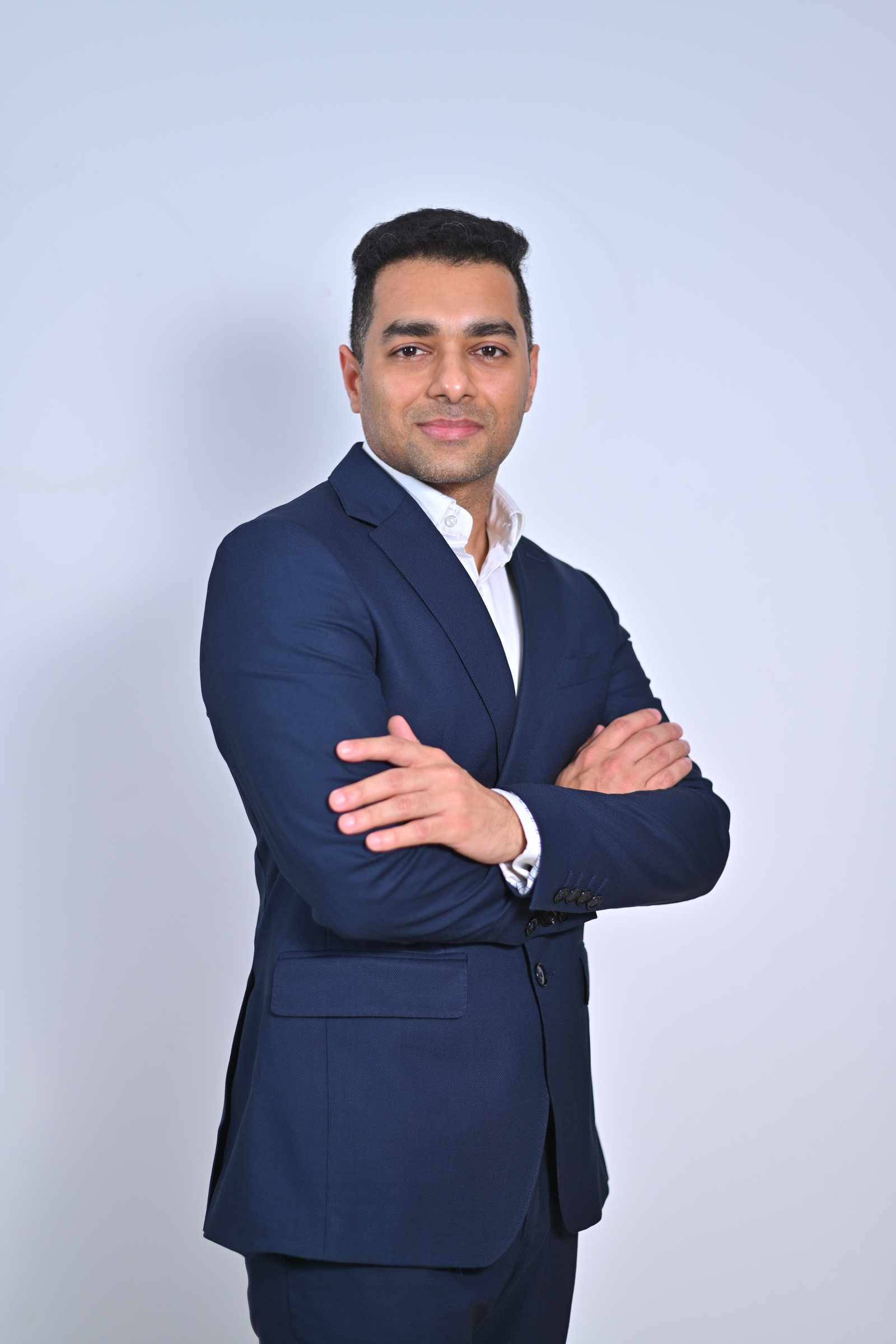
Running a dating app in India comes with unique challenges, whether cultural, technological, or regulatory. What have been some of the biggest obstacles you’ve faced, and how did you overcome them?
Culturally, things are evolving, but a misstep in message can lead to a major miscommunication, and we try to keep our approach clear and simple. There are times we find ourselves tangled in challenges beyond user engagement; for example, getting payment gateways to charge subscriptions has been a difficult challenge, which unfortunately, many digital startups in India are still struggling with. Apart from that, we often see fake profiles and spammers trying to create profiles.
However, we’ve been able to control and successfully remove such fake profiles at the time of creation, and we try our best to keep our users safe extensively with the help of AI and manual moderation. We also face some issues that involve new users who are unfamiliar with the dating norms or lack common decency; this, at times, results in users uploading explicit images or even sending sexually explicit messages. Keeping these in check can be a challenge, but we take any such incident very seriously and act immediately on it, ensuring that our platform remains clean and safe so genuine users can have a pleasant experience.
What milestones or moments in QuackQuack’s journey stand out as particularly pivotal for you, whether in terms of user growth, brand recognition, or innovation?
We’ve received a few accolades and awards, which are a testament to our journey. However, having crossed 38 million userbase in itself has been a proud achievement, which no other dating app has probably achieved in India. It is not just numbers; it also reflects the trust that we have built over time. That was always the goal, and it has to be the proudest achievement of all.
We’ve also been recognized by the Global Dating Insights for our efforts in tackling spam and fake profiles. It is a shoutout to our continued effort to offer a safe space for all to find love and friendship, as promised.
What truly keeps us pushing forward are real stories; our user testimonials fuel our passion to do better every day. When we see couples share their match success with us, or someone writes to us about how they met the love of their life on QuackQuack or how a Hi turned into getting married, it reminds me why I started this app. Over all, these moments leave the most meaningful mark.
Looking ahead, what’s your long-term vision for QuackQuack? Are there new features, markets, or evolutions in the Indian dating landscape that excite you most?
We want to ensure we’re in sync with evolving trends for matchmaking in India; we don’t want our users to miss out on anything. The only way to do so is to evolve along with the changing mindset and needs of people. Now GenZ is a core part of our user base, so we are focused on offering experiences and features aligned with their expectations and dating patterns.
We are soon expanding into a new space where we specifically cater to divorced singles. It is a segment that is, unfortunately, growing rapidly but terribly underrepresented. We believe everyone deserves more than one shot at love, which is why we are working on building a space that’s respectful, empathetic, and encourages people to take another chance at finding love.
We are also working on concepts to make dating more interesting and organic among college students and working professionals. This young audience makes for a very exciting group that deserves a dedicated space where connections can be more playful and natural. We are looking forward to innovating around how they date.
